Which Golf Clubs Retain Their Value The Best?
We speak to golfclubs4cash to find out more about the value of second-hand golf clubs and where the biggest return on investment lies


Golf can be an expensive business, especially if you’re someone who continually invests in the very latest equipment. Take a the best golf drivers, for example… that £500 barrier has been broken by many of golf’s leading brands. Top-end putters aren’t that far behind, whilst at the upper end of the irons market, a brand-new set of sticks is likely to cost you in excess of £1,000.
It’s no wonder that many of us choose to buy second-hand golf clubs, and it’s understandable that we would want to know more about which golf clubs retain their value the best. Say, for example, you spend £1,200 on a brand-new set of irons, how much can you expect to get back for them when you decide to upgrade in three years’ time?
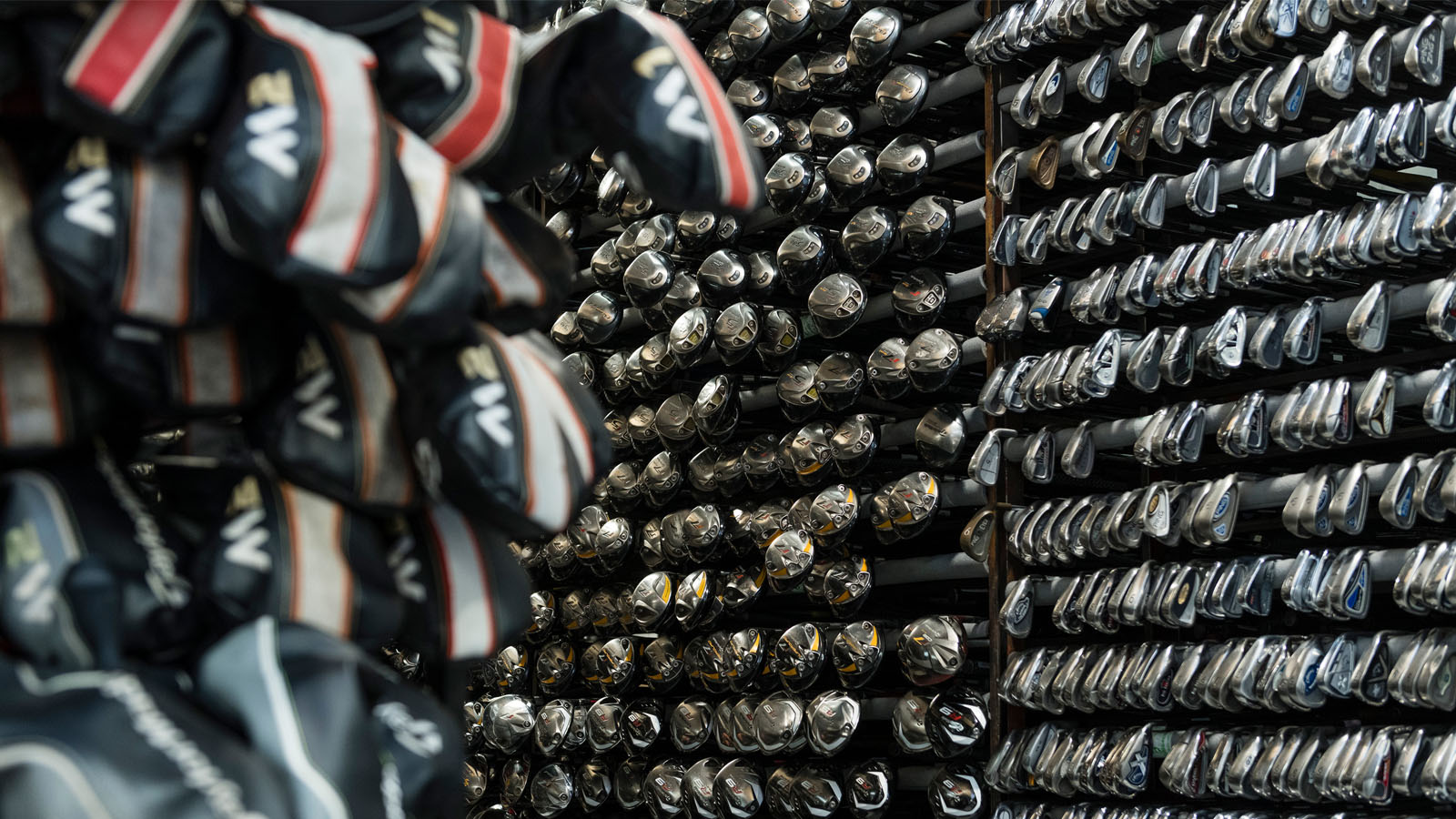
According to golfclubs4cash, Europe’s largest retailer of second-hand golf equipment, the answer is fairly simple: the more desirable the product, the more it tends to hold its value. Typically clubs are valued based on their age and condition, which go hand in hand, but also brand equity. Just like the car industry, you have your big brands. In golf, it’s what golfclubs4cash call the ‘Big Four’ – that’s Ping, TaylorMade, Callaway and Titleist. Generally speaking, ‘Big Four’ products, which have a strong presence on the major Tours, are worth more second-hand.
Valuing equipment

There are exceptions. Not every new driver, for example, proves to be a hit with the consumer. Over the years there have been many examples of products that have, for whatever reason, flopped. Often it means that retailers are left with excess stock. Getting a good price a few years later for an item that didn’t sell well in the first place is unlikely to happen.
“Our process for valuing equipment is quite academic,” explains Dean Cracknell, Head Of Marketing, golfclubs4cash. “We use algorithms to determine the volume of stock of a given product or model. Then we would band that product into three or four different condition bands, and our valuation is simply based upon how much of a given club we have or don't have. Historical data then dictates how quickly that stock or product would turnover.
“So, at an extreme end, if we had a premium product that was in excellent condition that we hadn't sold one of for 12 months, and we already had a ton in stock, we’re not going to say no to it, but ultimately, we're not going to pay as much for it as the golfer perhaps did.
“That starts a whole conversation because the consumer has an emotional attachment to something that they've probably spent a fortune on. And sadly, regardless of its condition and regardless of what they paid for it, because it doesn't sell and turnover as quickly as we would like, we're not prepared to pay as much for it. So it's based upon demand for that product, how much of it we have and the condition that it's in.”
Subscribe to the Golf Monthly newsletter to stay up to date with all the latest tour news, equipment news, reviews, head-to-heads and buyer’s guides from our team of experienced experts.
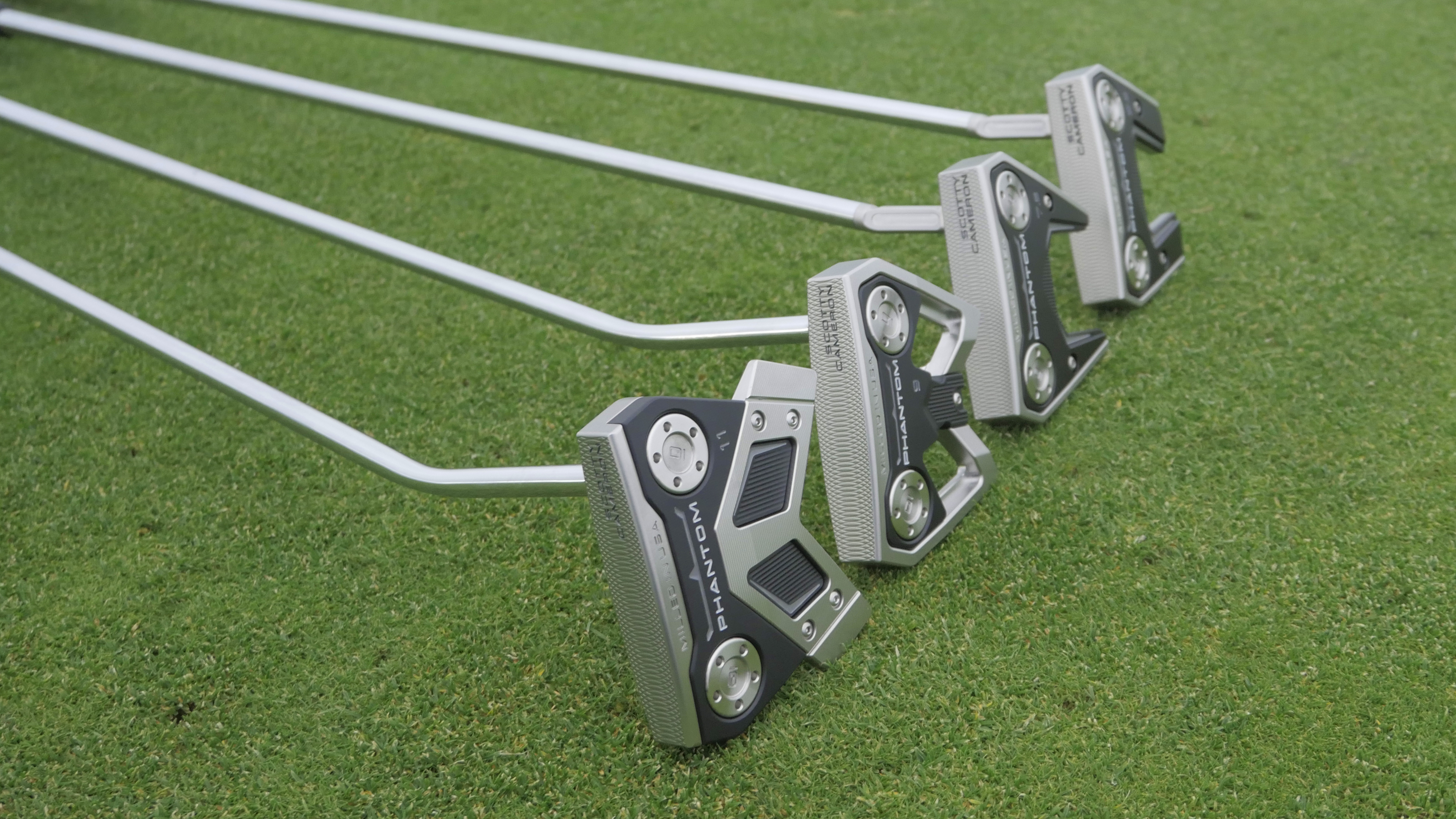
If there is one club that tends to hold its value more than any other, it’s the putter. Despite normally being used 30-odd times a round by most club golfers – more than any other club in the bag – they aren’t exposed to a great amount of wear and tear, assuming that you’re not in the habit of slamming the head into your bag every time you miss a short one.
And there is one brand that stands out for its second-value when it comes to putters. “We’re typically buying and selling Scotty Cameron for more than we did 12 months ago,” says Cracknell.
Collectibles
The good news, then, is that if you buy a new Scotty Cameron putter (they don't come cheap), there's a good chance that it's still going to be worth a decent sum if you ever come to sell or part exchange it. Who knows, you might have one collecting dust in the garage that's fairly collectable... a Scotty worth, maybe, £35,000. This is the most valuable item that golfclubs4cash has listed, a Scotty Cameron commemorative Tiger Woods putter that pays tribute to his 81 career victories on the PGA Tour (only 81 were made).
So, how do know if you have a collectible? There are a few indications that you can look out for. Hand-stamped or handmade clubs often indicate collectible value. Limited-edition releases, accompanied by proper numbering, are also worth noting, as is the presence of the term “Tour issue” on any club you might have.

Wear and tear
At the other end of the spectrum, you have your wedges. There’s a reason why a lot of PGA pros recommend upgrading your wedges or ‘scoring clubs’ every two to three years (more frequently if you play and practise regularly): they’re the fastest deteriorating clubs in your bag. As a result, your three-year-old wedge is unlikely to fetch a decent second-hand price. Who wants a wedge with worn grooves that hardly offers any spin?
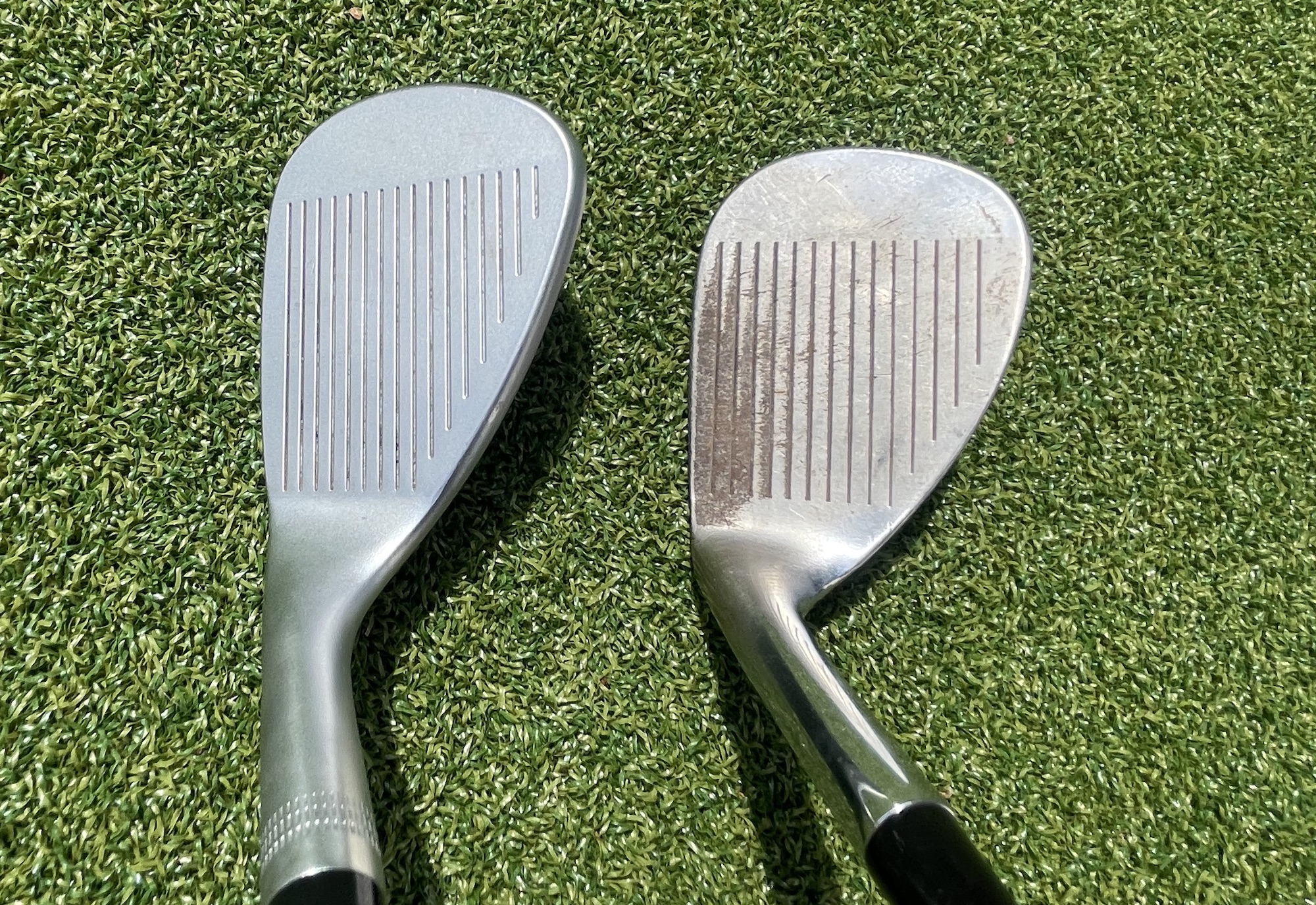
A word of advice if you are looking to sell your golf clubs and get a decent trade-in value: look after your equipment and sell them via a reputable retailer. When you buy second-hand golf clubs from golfclubs4cash, each item is giving a condition rating, so you know exactly what the condition of the head, shaft and grip is like. By cleaning your golf clubs and keeping them in a good condition, it stands to reason that they should be worth a few extra pounds – money that you can put towards a new purchase.
Visit golfclubs4cash to upgrade your bag for less with preowned golf clubs and more.

Michael has been with Golf Monthly since 2008. A multimedia journalist, he has also worked for The Football Association, where he created content to support the England football team, The FA Cup, London 2012, and FA Women's Super League. As content editor at Foremost Golf, Michael worked closely with golf's biggest equipment manufacturers and has developed an in-depth knowledge of this side of the industry. He's a regular contributor, covering instruction, equipment, travel and feature content. Michael has interviewed many of the game's biggest stars, including seven World No.1s, and has attended and reported on numerous Major Championships and Ryder Cups around the world. He's a member of Formby Golf Club in Merseyside, UK.
-
 Debate: If You Could Have One Golfing Superpower, What Would It Be?
Debate: If You Could Have One Golfing Superpower, What Would It Be?Something as simple as never missing a putt or being able to drive it more than 400 yards? What would your golfing superpower be if you could choose one?
-
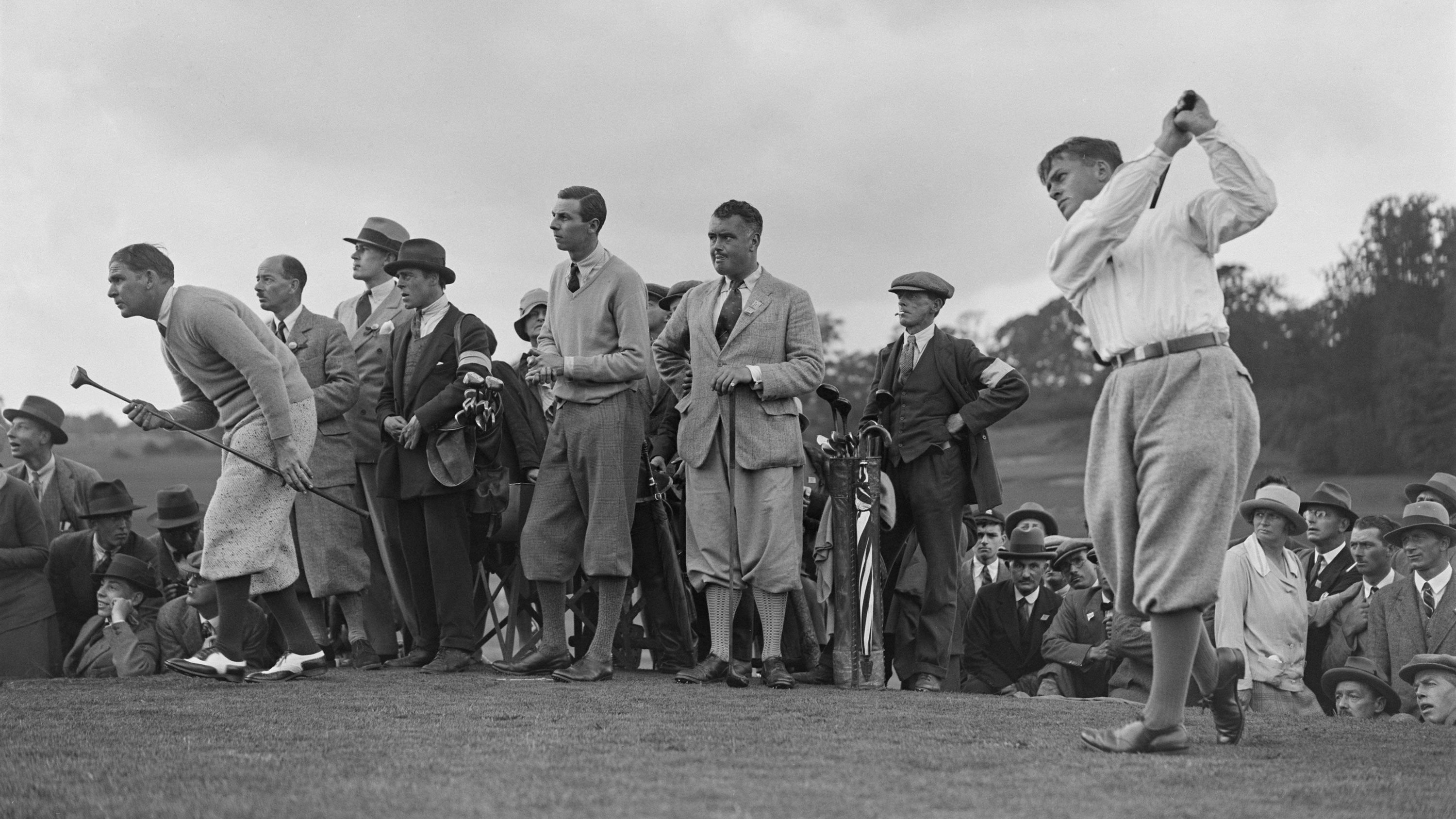 How Far Did Bobby Jones Hit The Ball… And How Far Would He With Modern Equipment?
How Far Did Bobby Jones Hit The Ball… And How Far Would He With Modern Equipment?Bobby Jones was one of the all-time golfing greats. But how far did he hit the ball, and how far might he be able to hit it today?
-
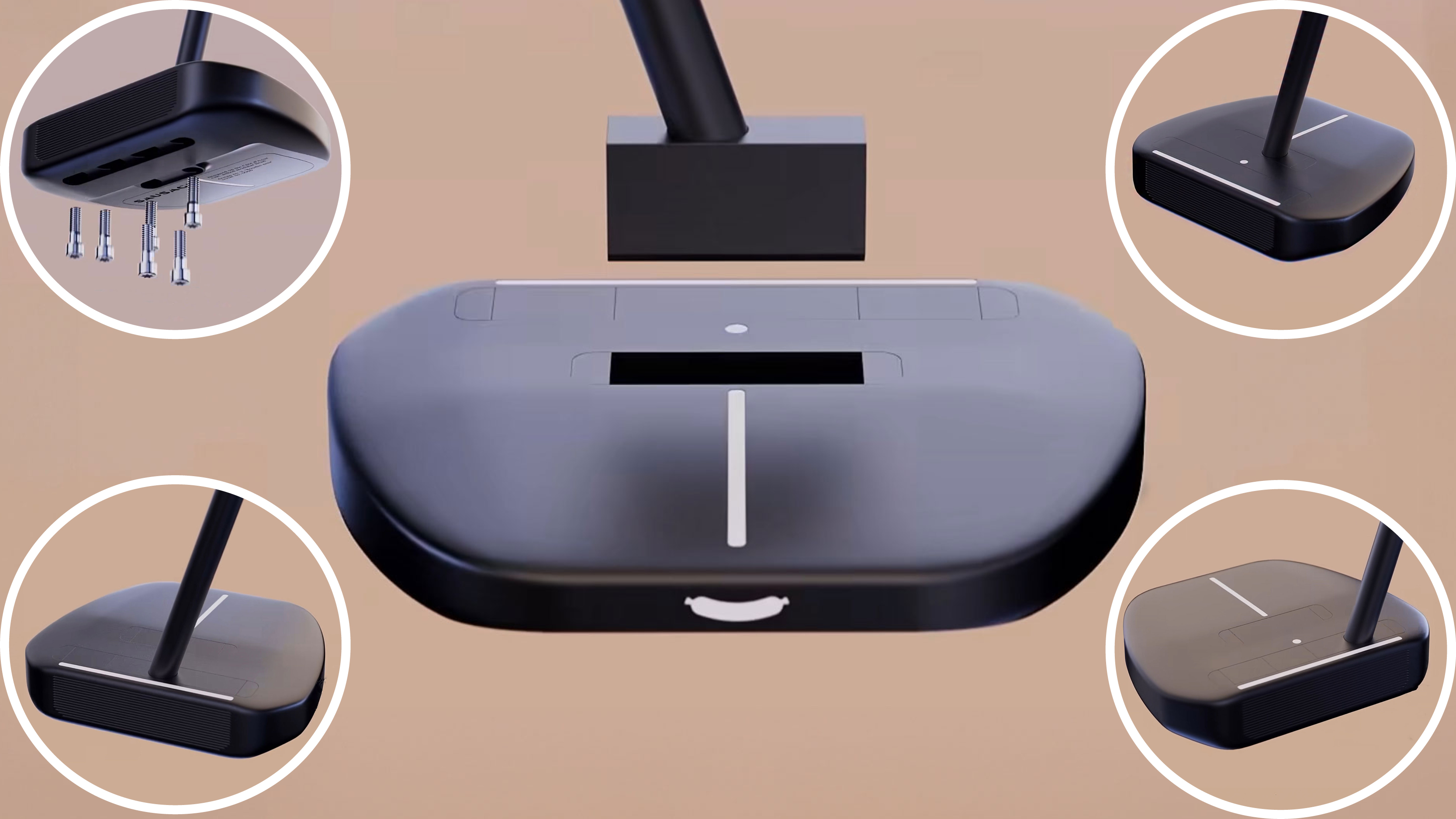 ‘I’ve Never Seen Anything Like It’ - Putters May Never Be The Same Again
‘I’ve Never Seen Anything Like It’ - Putters May Never Be The Same AgainWe take a look at an exciting and innovative new putter design from Sausage Golf - the Boudin Noir...
-
 Is The Blade Putter Dying Out On Tour?
Is The Blade Putter Dying Out On Tour?Gear tester and PGA Professional Joe Ferguson has noticed an interesting equipment trend in the professional game…
-
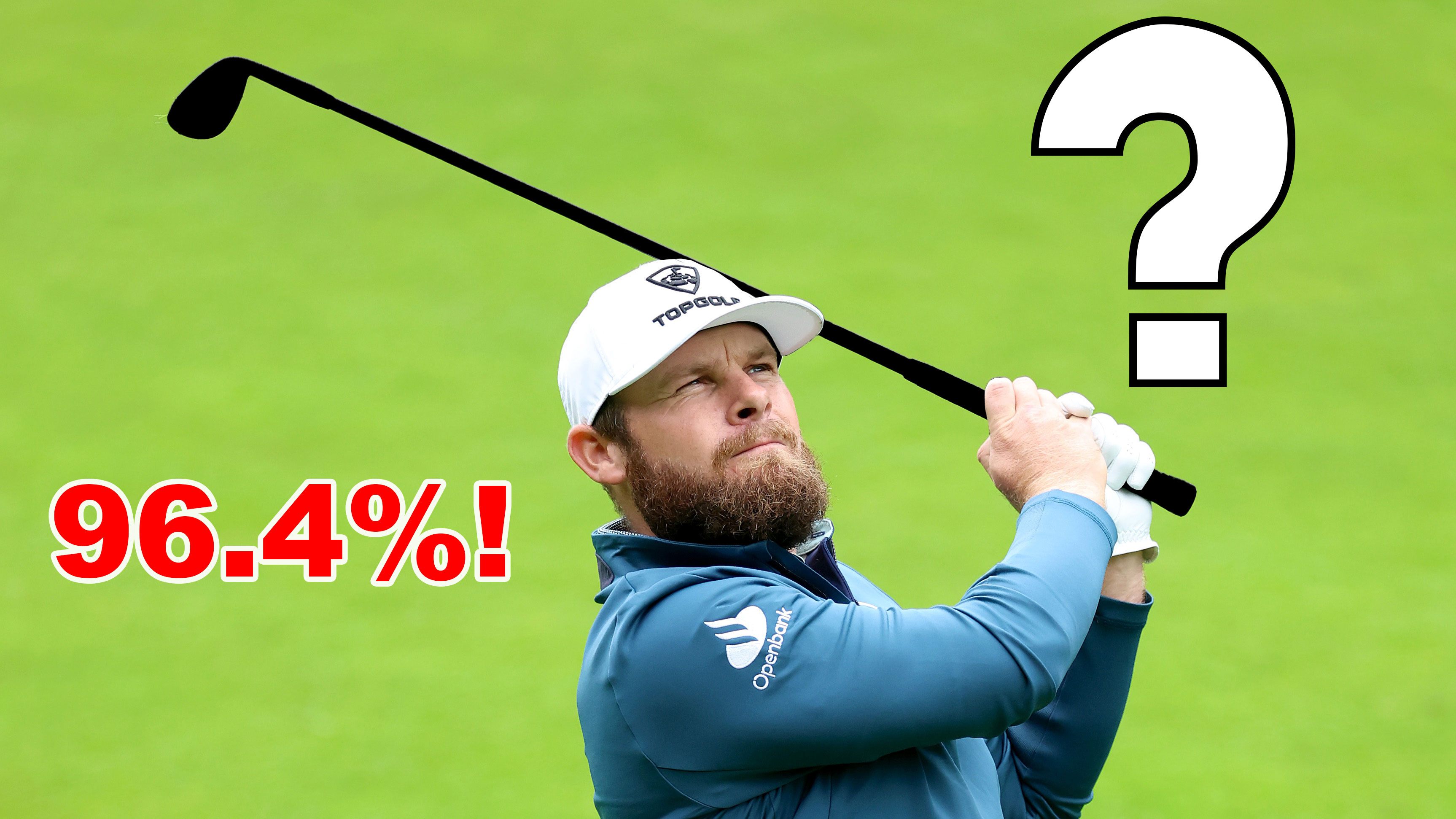 The One Piece of Equipment (Almost) Every Tour Pro Agrees On...
The One Piece of Equipment (Almost) Every Tour Pro Agrees On...We explore the remarkable dominance of one particular brand at the flagship event on the DP World Tour
-
 I’ve Interviewed Over 20 Tour Players About Their Equipment In The Past Year. Here Is What I Have Learned...
I’ve Interviewed Over 20 Tour Players About Their Equipment In The Past Year. Here Is What I Have Learned...PGA Professional Joe Ferguson has produced 'What's In The Bag' videos with some of the best players in the game, and there are some observations to be made...
-
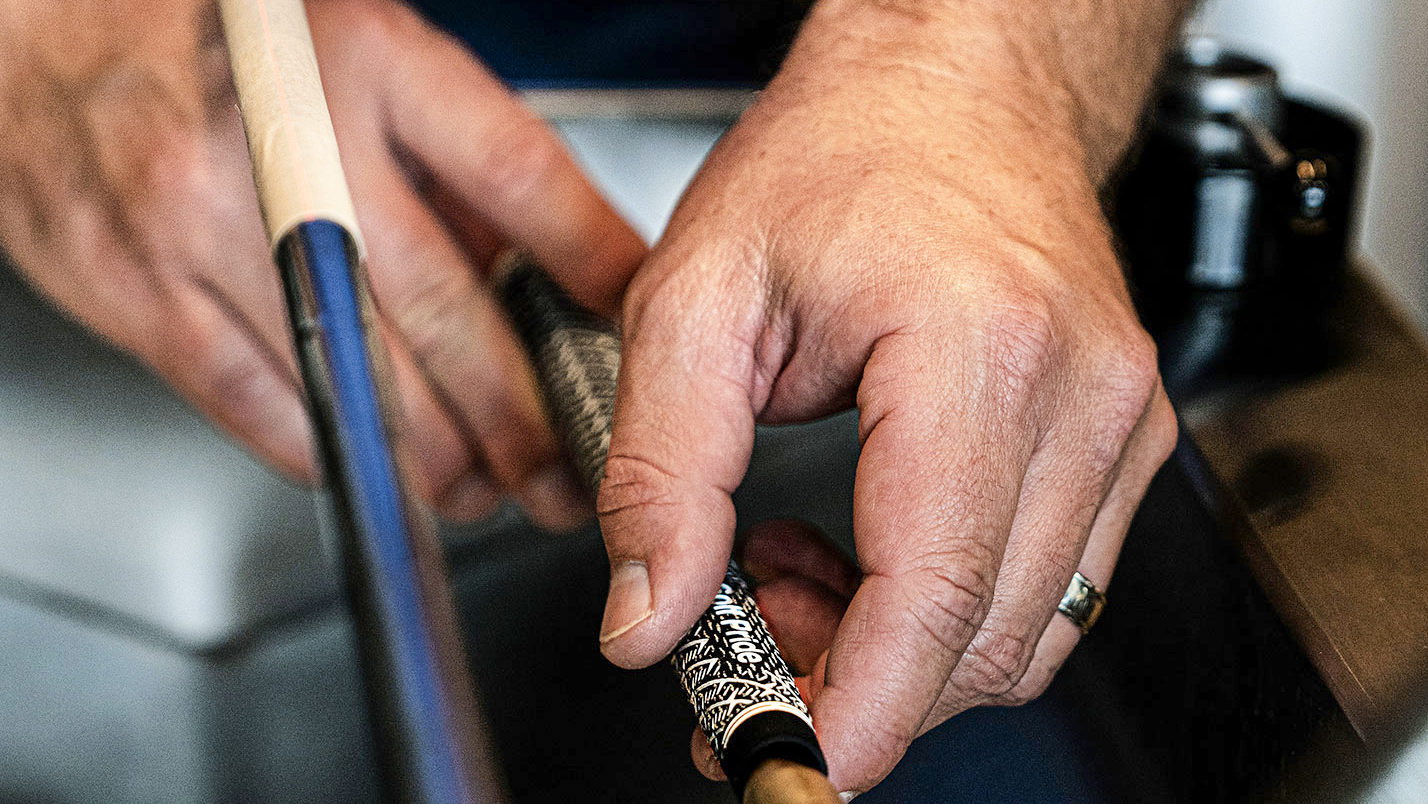 How Often Should You Change Your Grips?
How Often Should You Change Your Grips?We all know we can change and should change our grips, but how often should we be thinking about it?
-
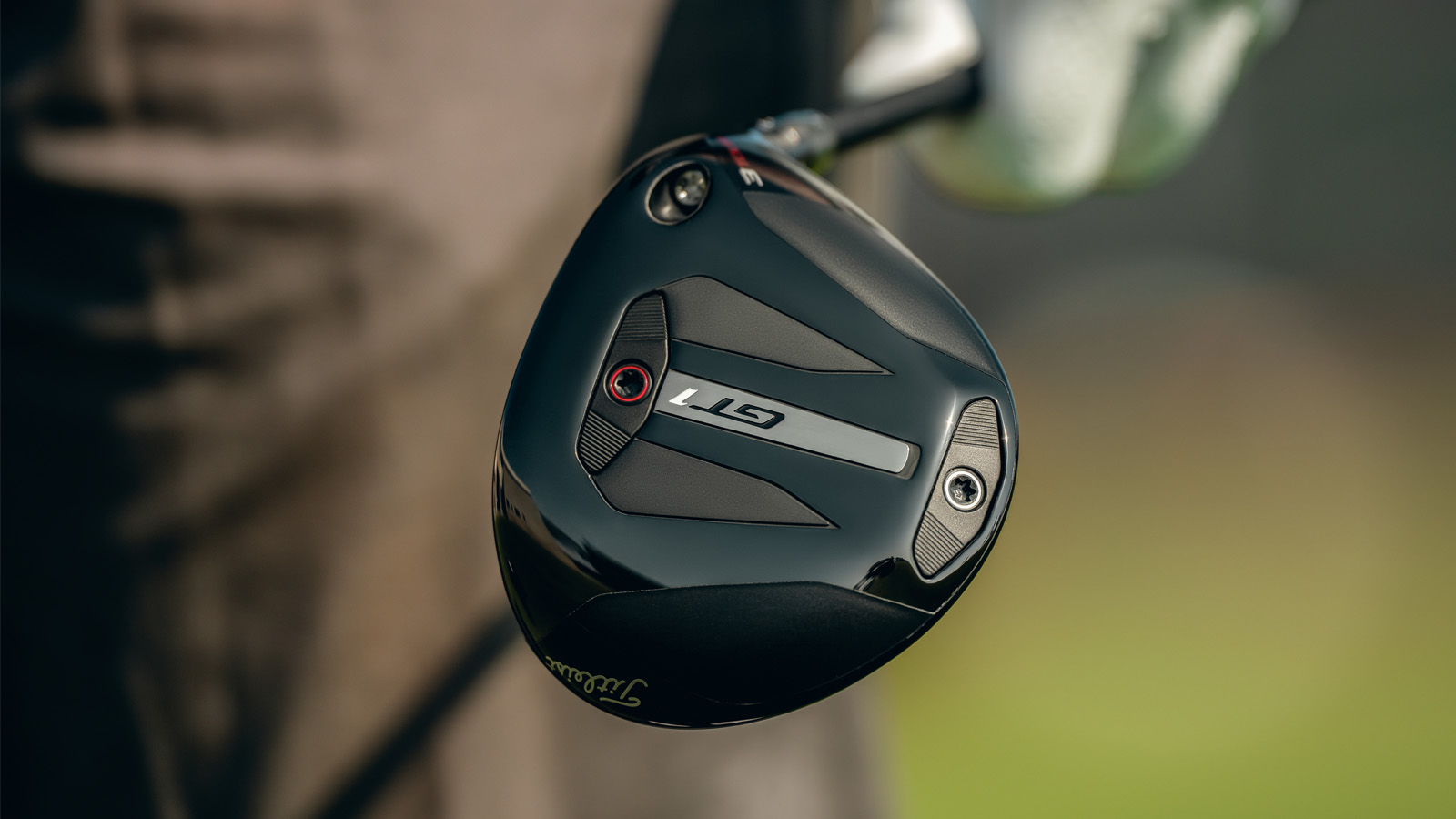 A Forgiving Fairway Wood Built For The Tour? Titleist Surprised Us All With This New Club
A Forgiving Fairway Wood Built For The Tour? Titleist Surprised Us All With This New ClubThe Titleist GT1 3Tour fairway wood is the brand's latest release, but what’s the story behind the design and which golfers is it likely to suit?
-
 Revealed: The Equipment Pro Golfers Use That Amateurs Can't Get Their Hands On
Revealed: The Equipment Pro Golfers Use That Amateurs Can't Get Their Hands OnAre we playing the same equipment as the professionals we watch week in, week out? Possibly not. Let's see what we might be missing...
-
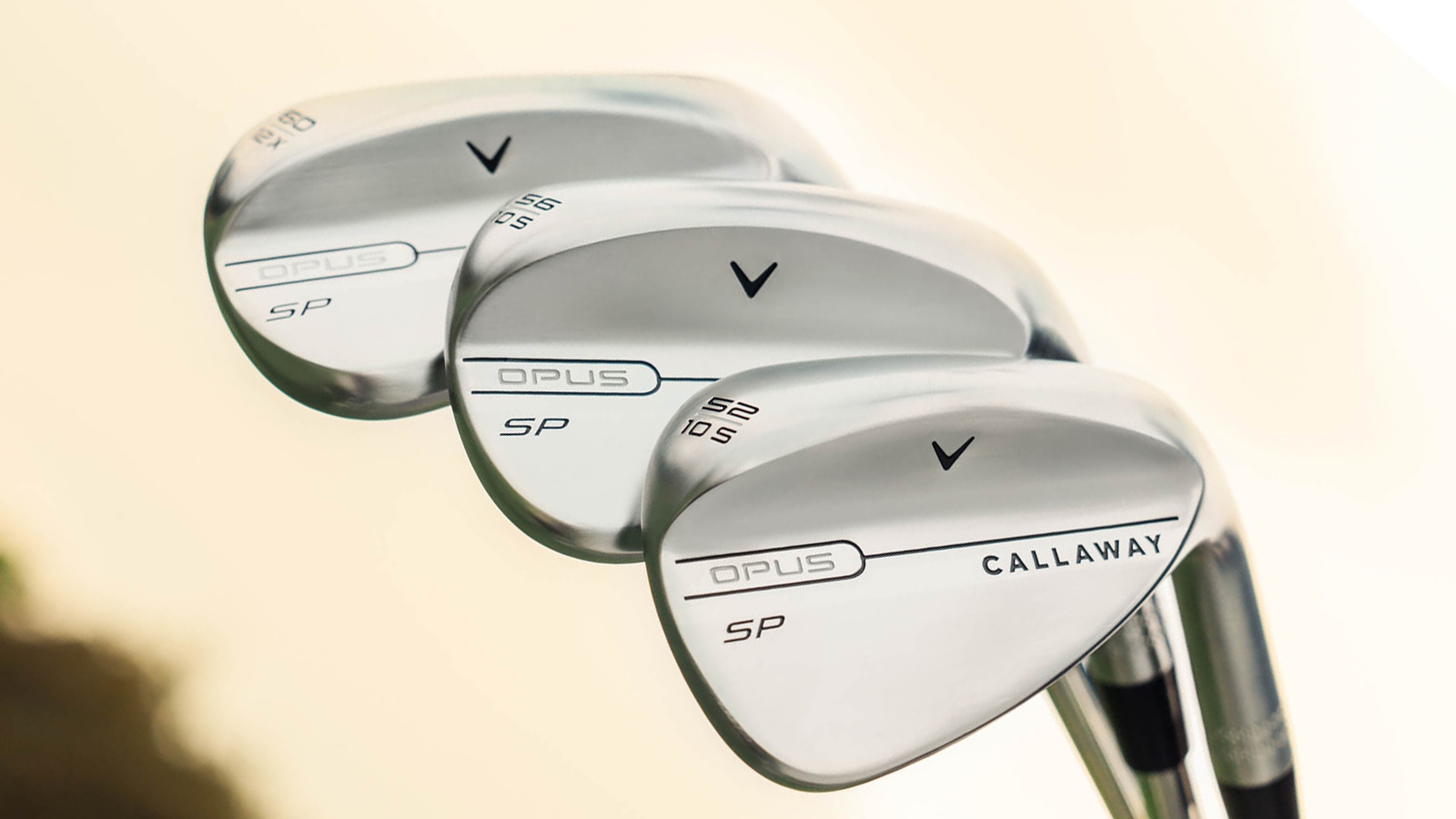 Why The Callaway Opus SP Wedges Could Take Your Short Game To New Heights
Why The Callaway Opus SP Wedges Could Take Your Short Game To New HeightsWe take a look at the design and features of the new Callaway Opus SP wedges